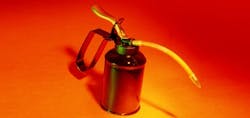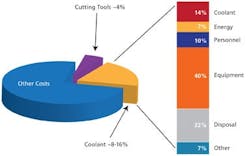Why Not Lubricate Less?
Metalworking operations have an obligation to develop sustainable manufacturing. Some might think this a bold statement. Although the idea of sustainability is becoming better defined and understood, many manufacturers still are not taking the necessary steps to implement newer proven technologies that foster sustainability.
One of those technologies is minimum quantity lubrication (MQL), which eliminates large quantities of water- and oil-based coolants and replaces them with a small quantity of lubricant mixed with air. This air-oil stream is precisely metered and delivered to the cutting tool's edge. The philosophy behind MQL is based on a simple principle—more is not always better. Use only what's needed for the application, because enough is as good as a feast.
[pullquote]
Manufacturers that apply MQL reap many sustainable benefits. Their workers are safer, with both short- and long-term benefits. Operators, skilled tradesmen and engineers no longer are exposed to the toxicity, bacteria and fungus risks that come with traditional wet machining. The small amount of oil used for MQL generally is based on vegetables or esters, which are less harmful to humans. Metal chips produced during MQL machining are nearly dry and much cleaner than with conventional approaches. Near-dry chips are easier to recycle and more valuable as a recycled material.
Our environment is cleaner because there are no cutting fluids used that require stringent disposal—benefiting everyone and helping to change the dirty perception of manufacturing. Oil and other wastes present significant disposal impacts and implications to our environment. Although legislation and regulation specify mitigation to the environment, enforcement of this legislation is challenging, expensive and difficult.
Most manufacturers still associate sustainability with higher costs. However, when we break down the investment and operating expenses of wet manufacturing systems, one begins to understand how much these conventional systems cost. Transferring, recycling and pressurizing coolant results in significant costs for coolant supply, filtration and mist-collection equipment. Operating wet equipment produces increased and ongoing lifecycle costs in the form of energy consumption, chemical maintenance, water makeup, disposal of used cutting fluids, then starting the cycle of waste/recovery all over again by replenishing consumed fluids.
The figure illustrates the investment and operating expenses of a typical machining system producing a large volume of aluminum transmission components for cars, with water soluble coolant.
So with all of these benefits, why don't more manufacturers implement MQL technology? As an industry, why don't we behave more responsibly to implement sustainable manufacturing processes and systems in our factories? Do we hide behind the myth that sustainability adds cost? In the case of MQL, we have proven sustainability pays for itself. So again, why aren't more manufacturers insisting on MQL solutions? Is it fear of new technology or the cultural change associated with it?
These questions and others are a real challenge for our industry. Until we answer them and have the courage to change our behavior, we cannot embrace a new idea like sustainability. Without change, we might miss the next real technology opportunity to restore American manufacturing leadership—and no one can afford that.
Doug Watts is CTO at MAG Americas (www.mag-ias.com), Erlanger, Ky., which makes metal cutting and composites machines for the durable goods industry.



